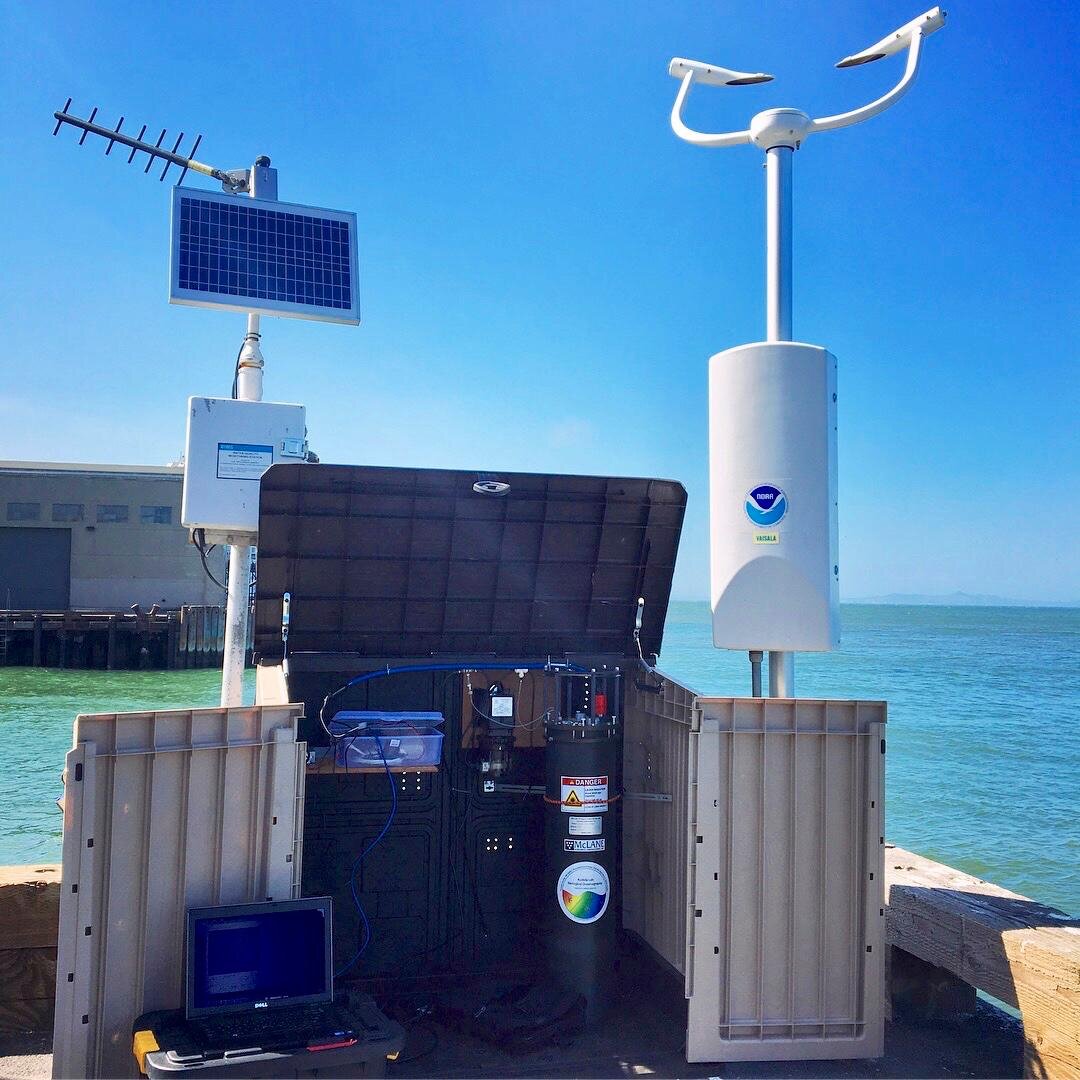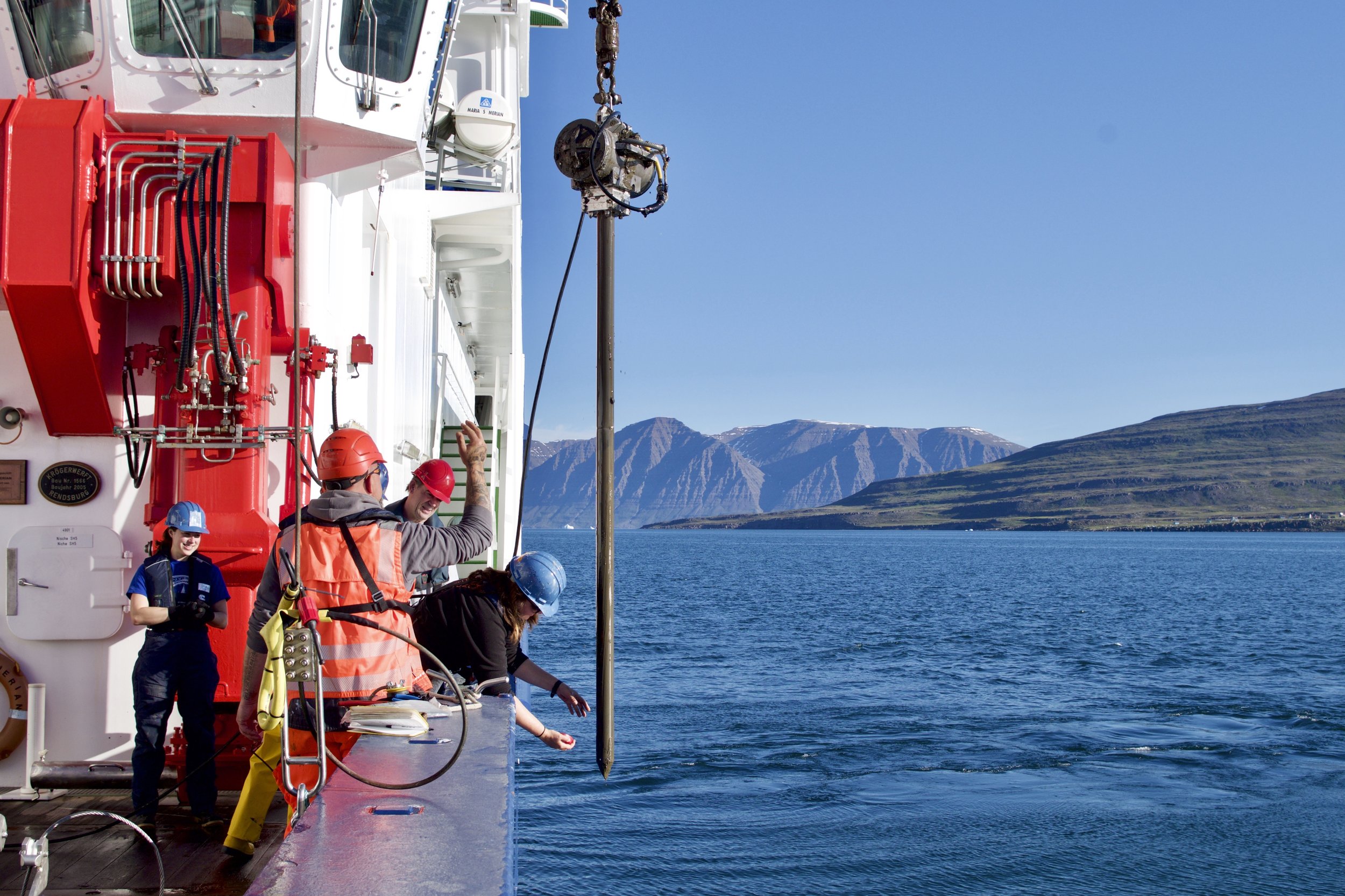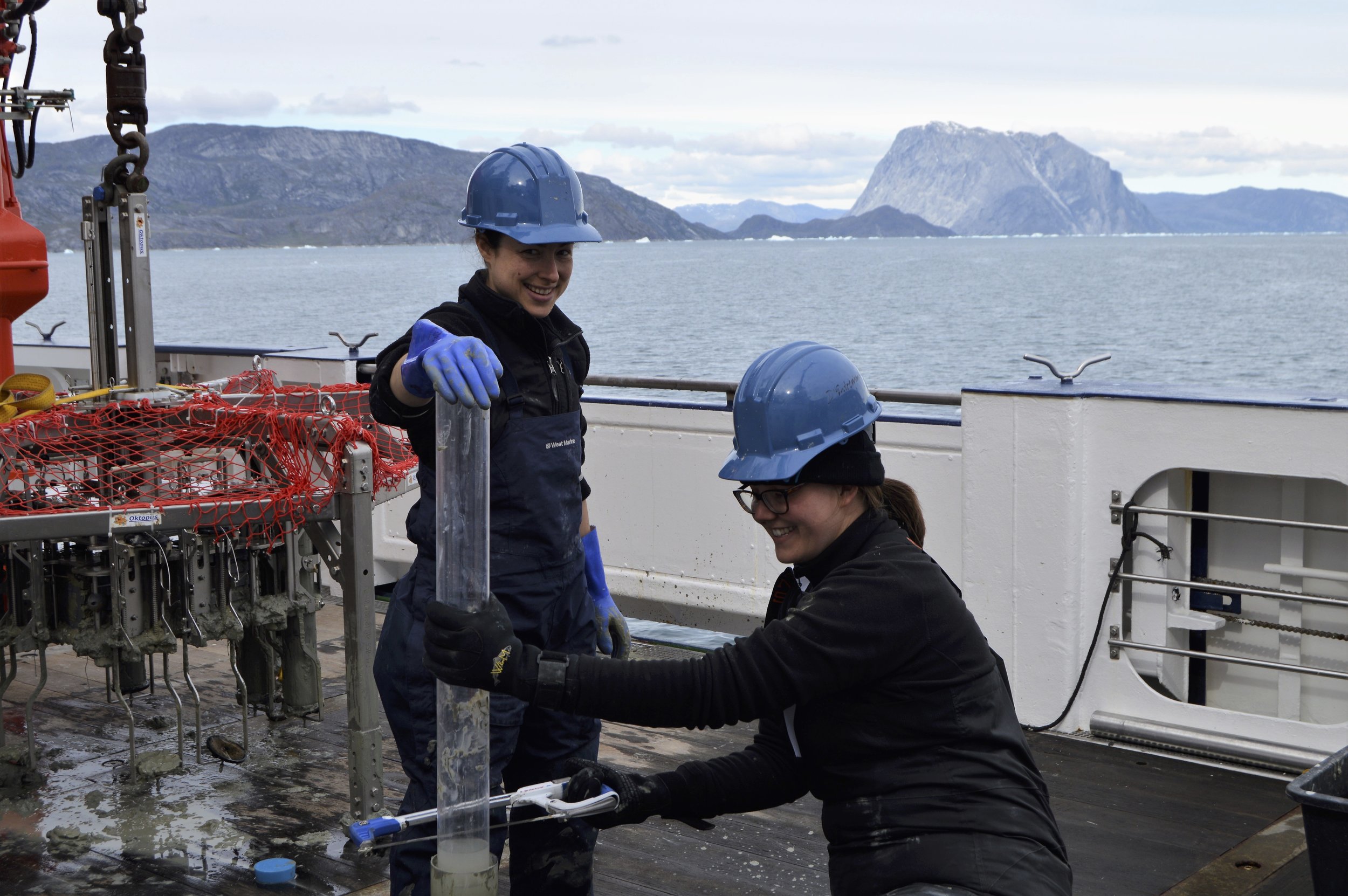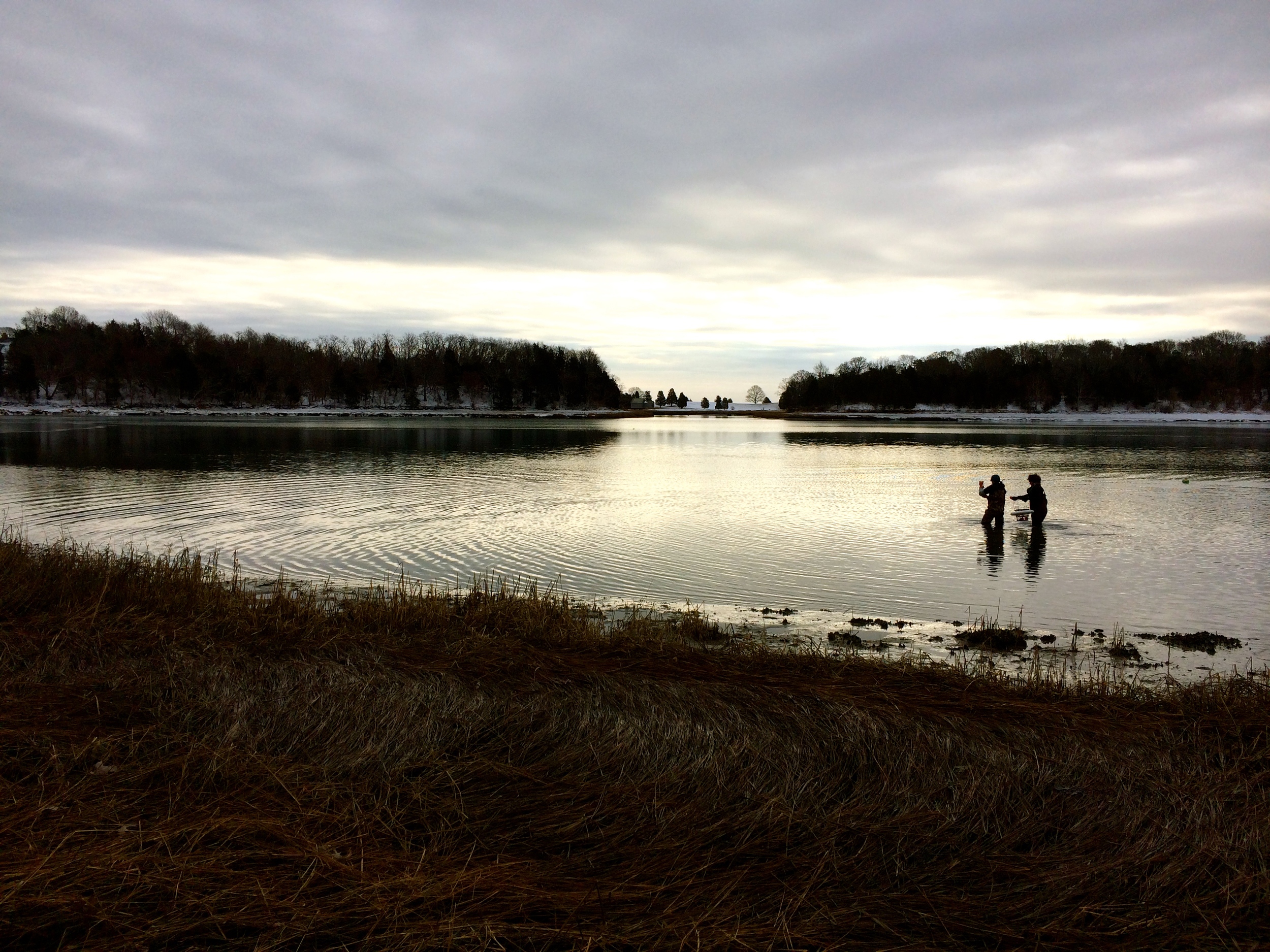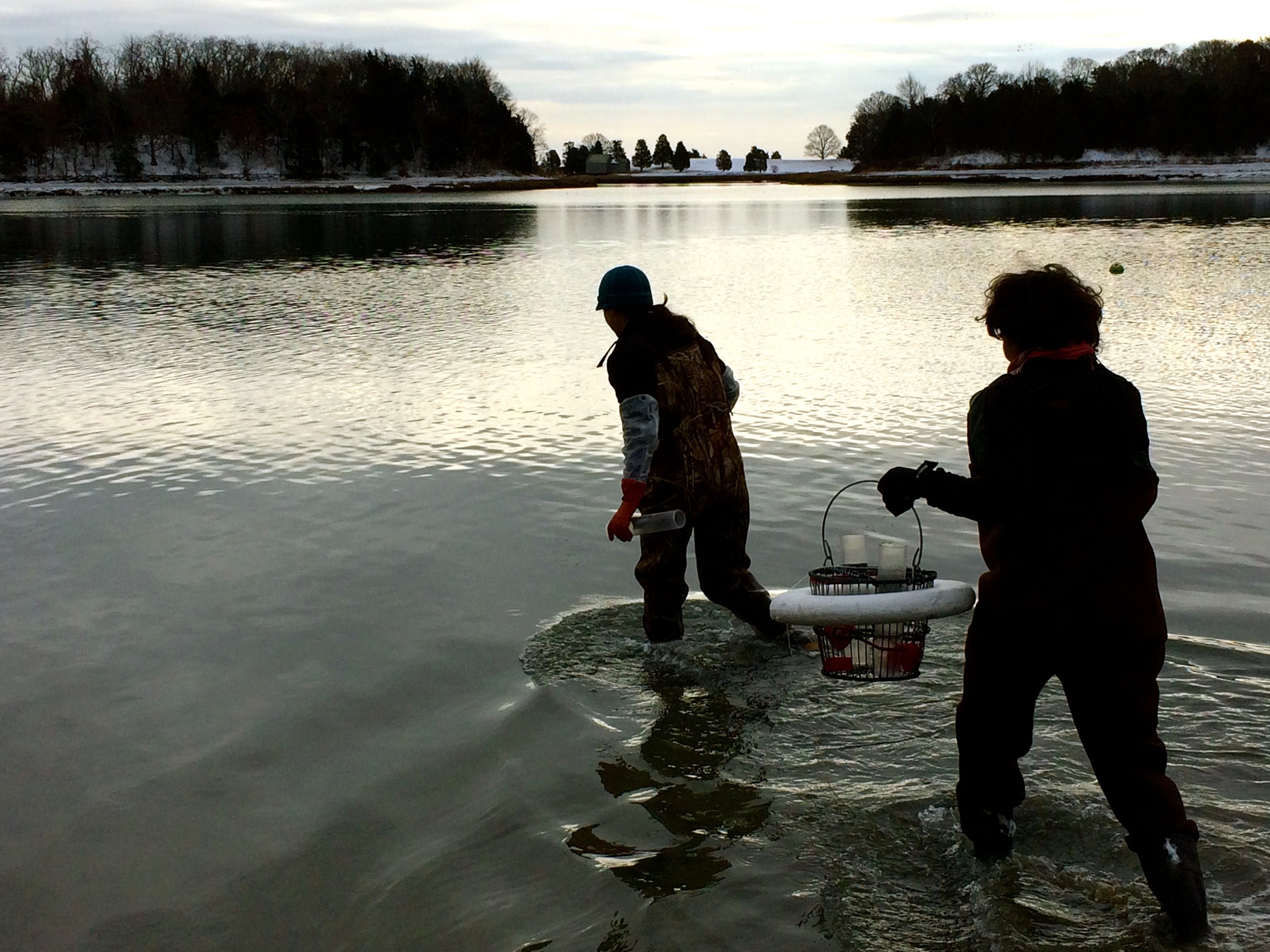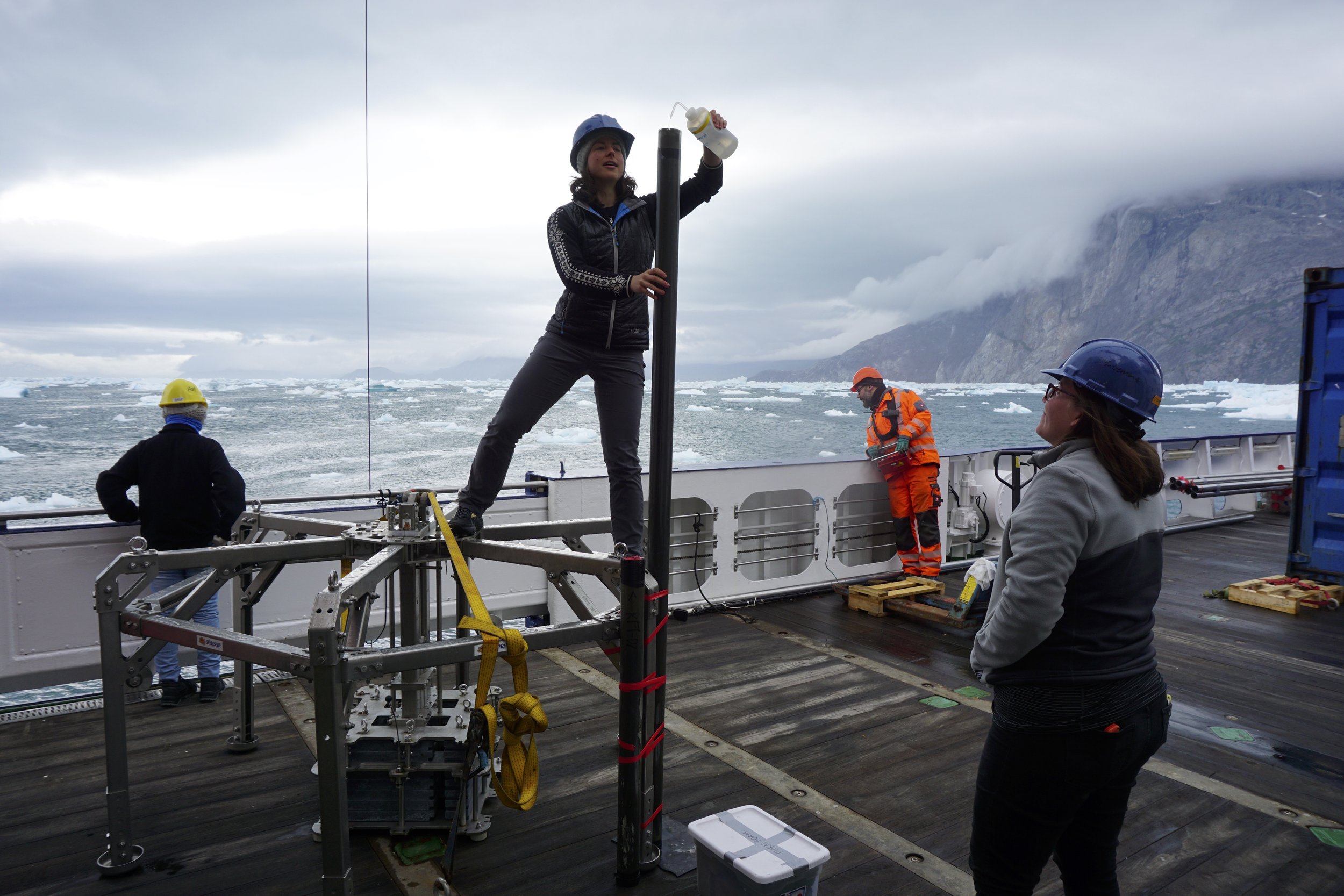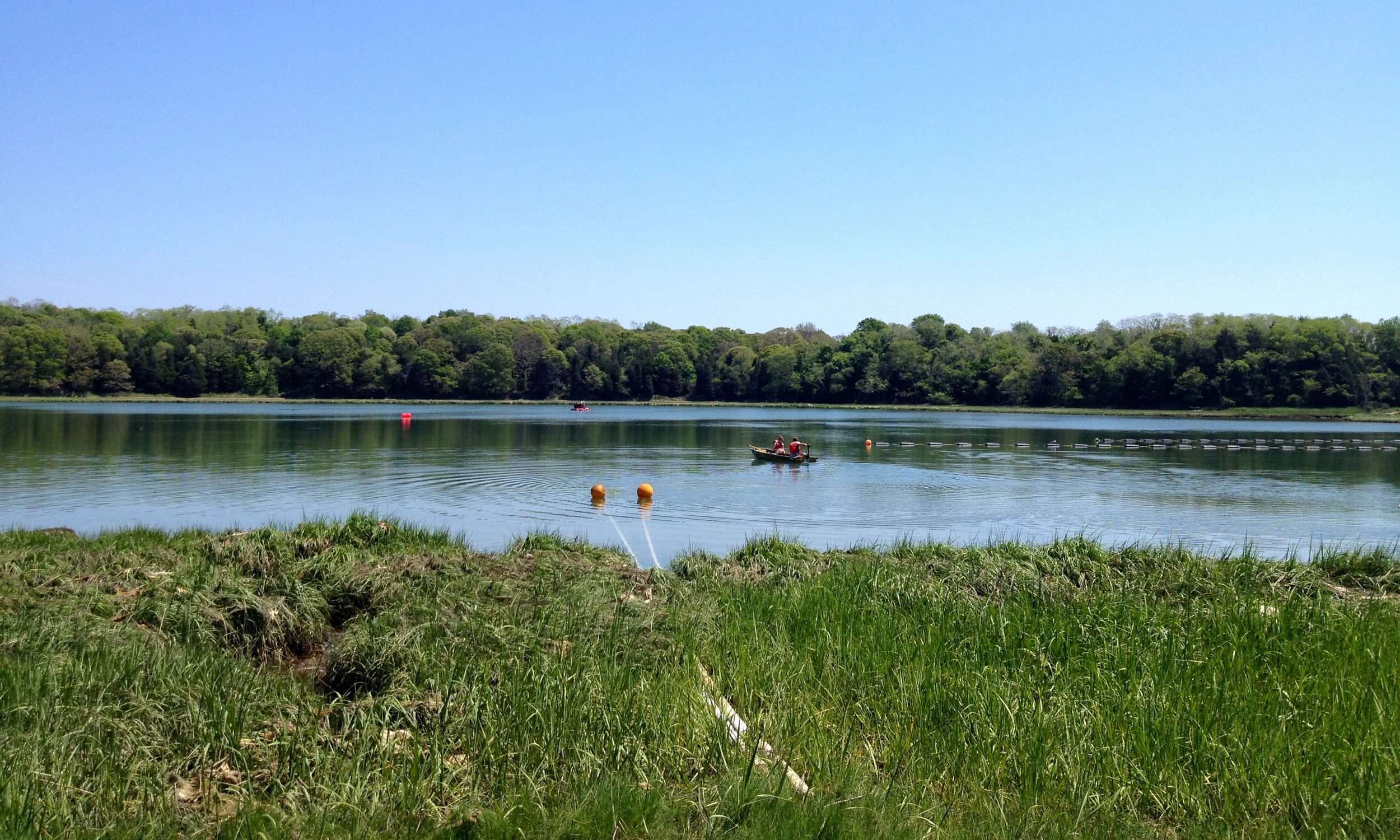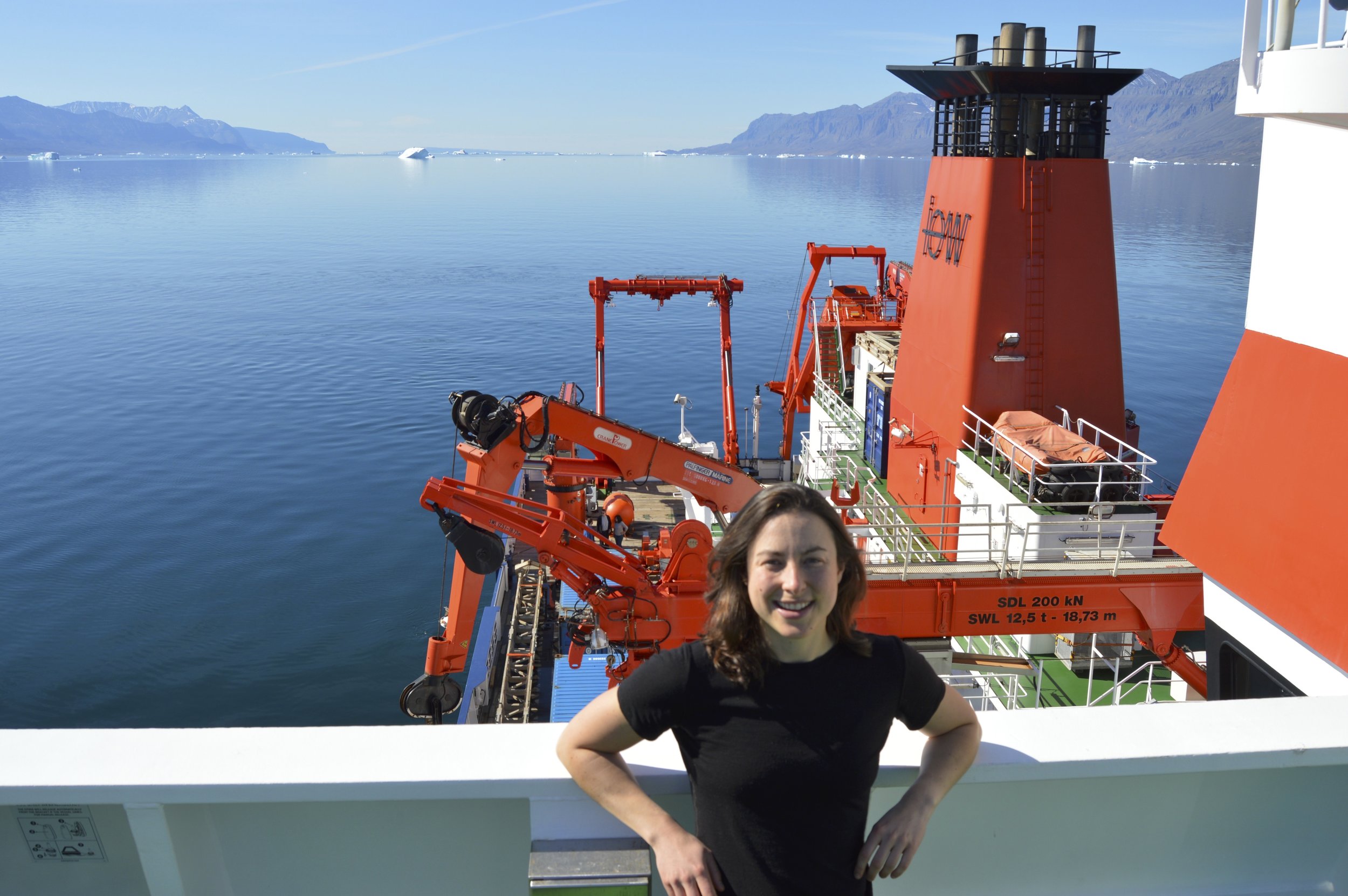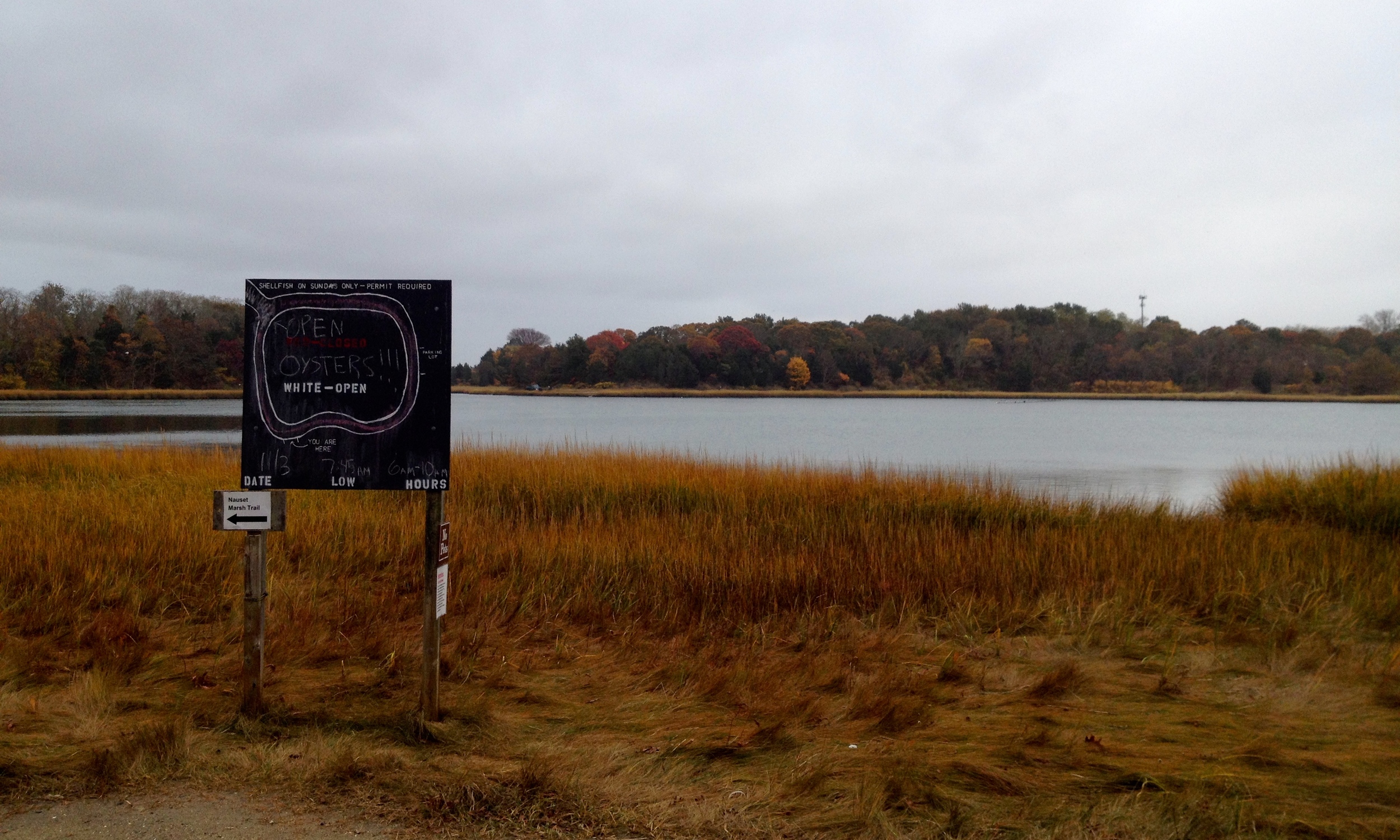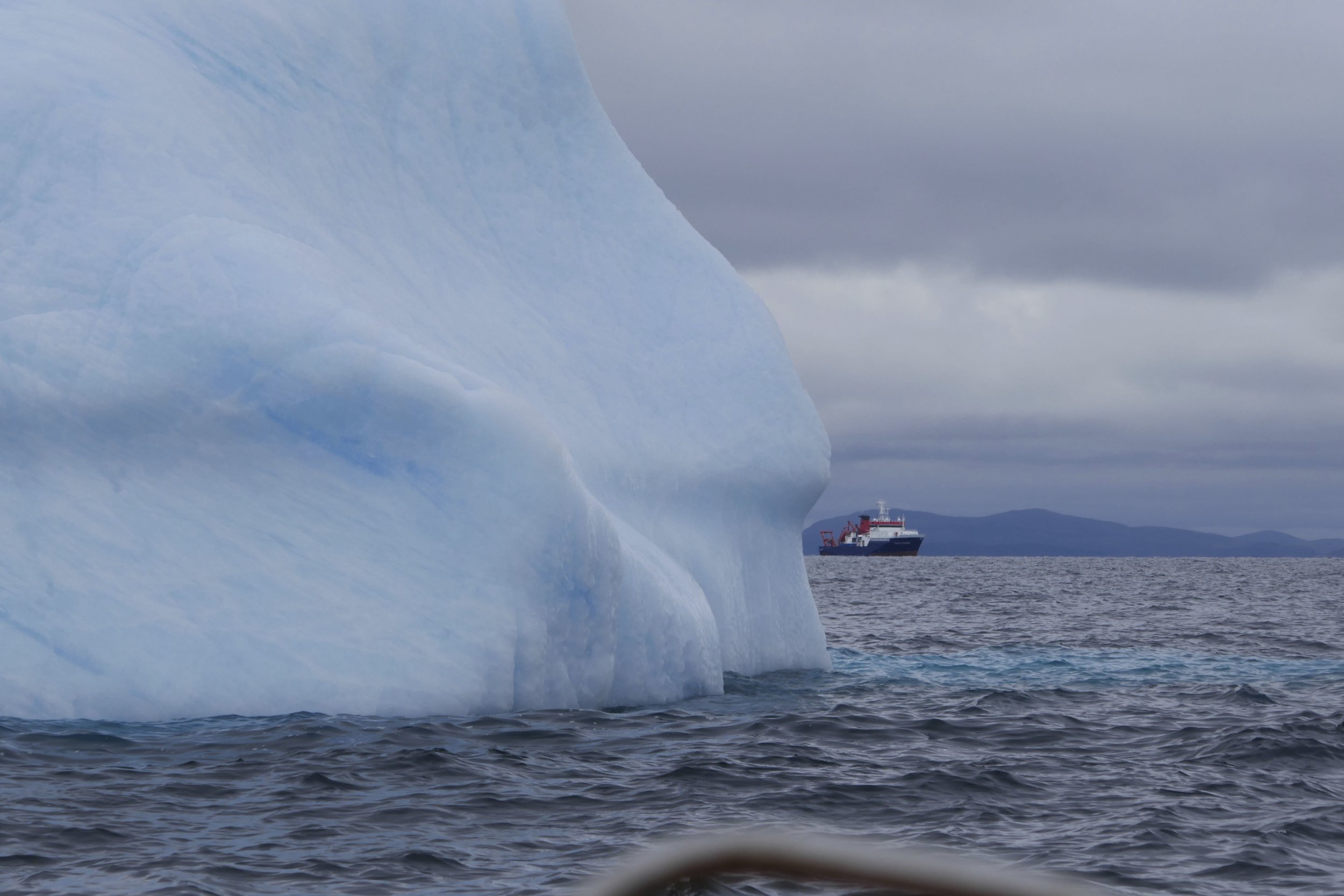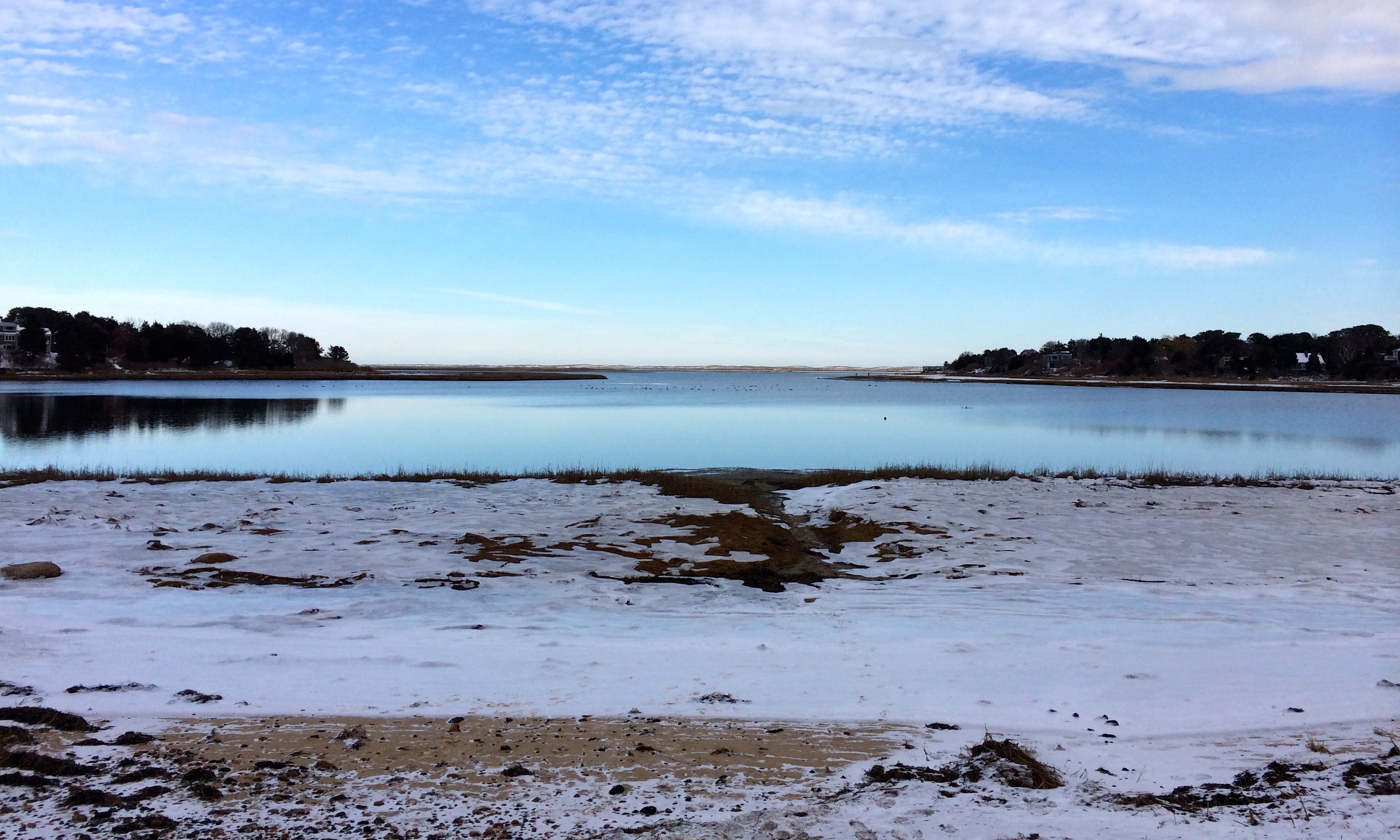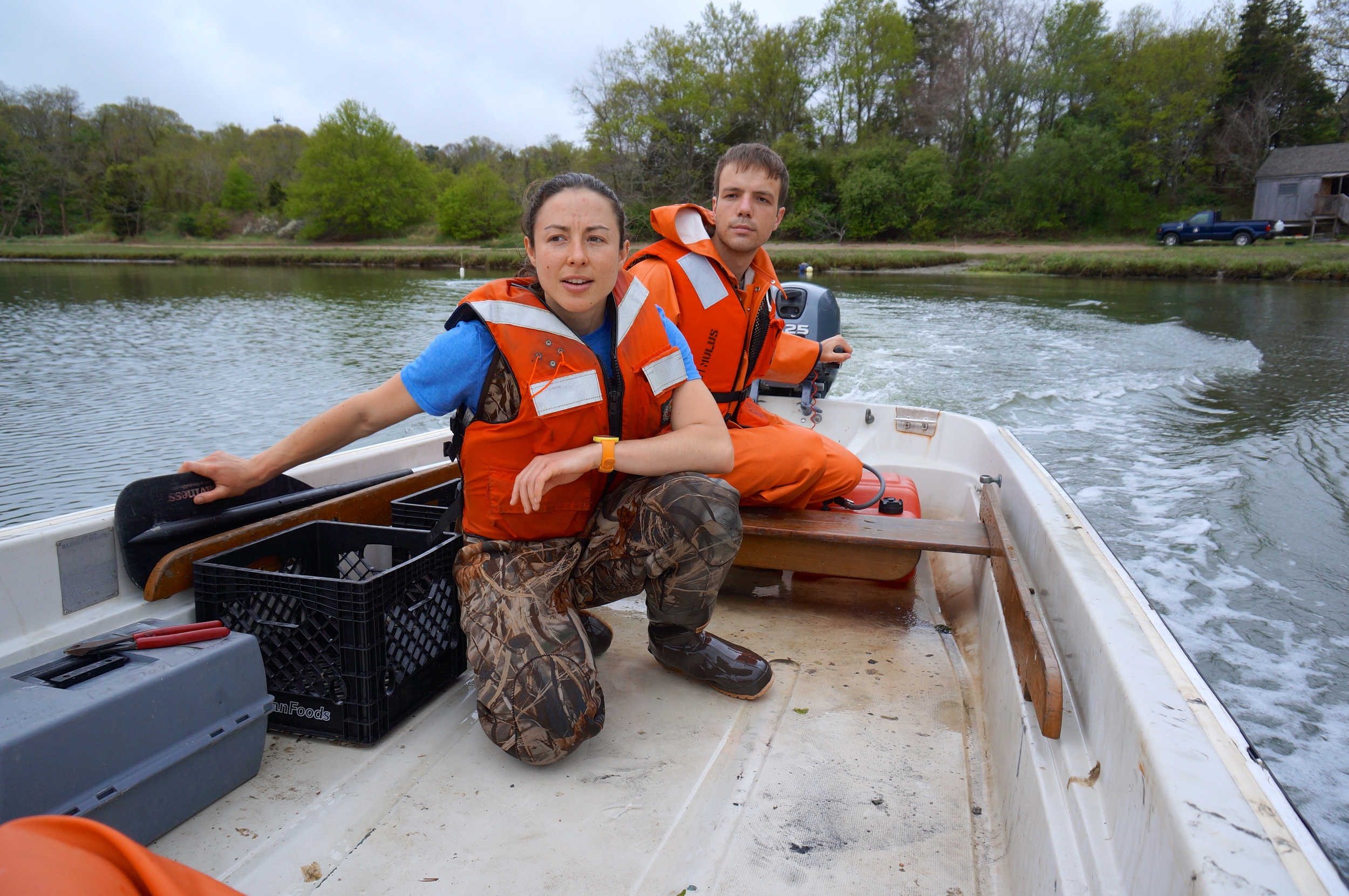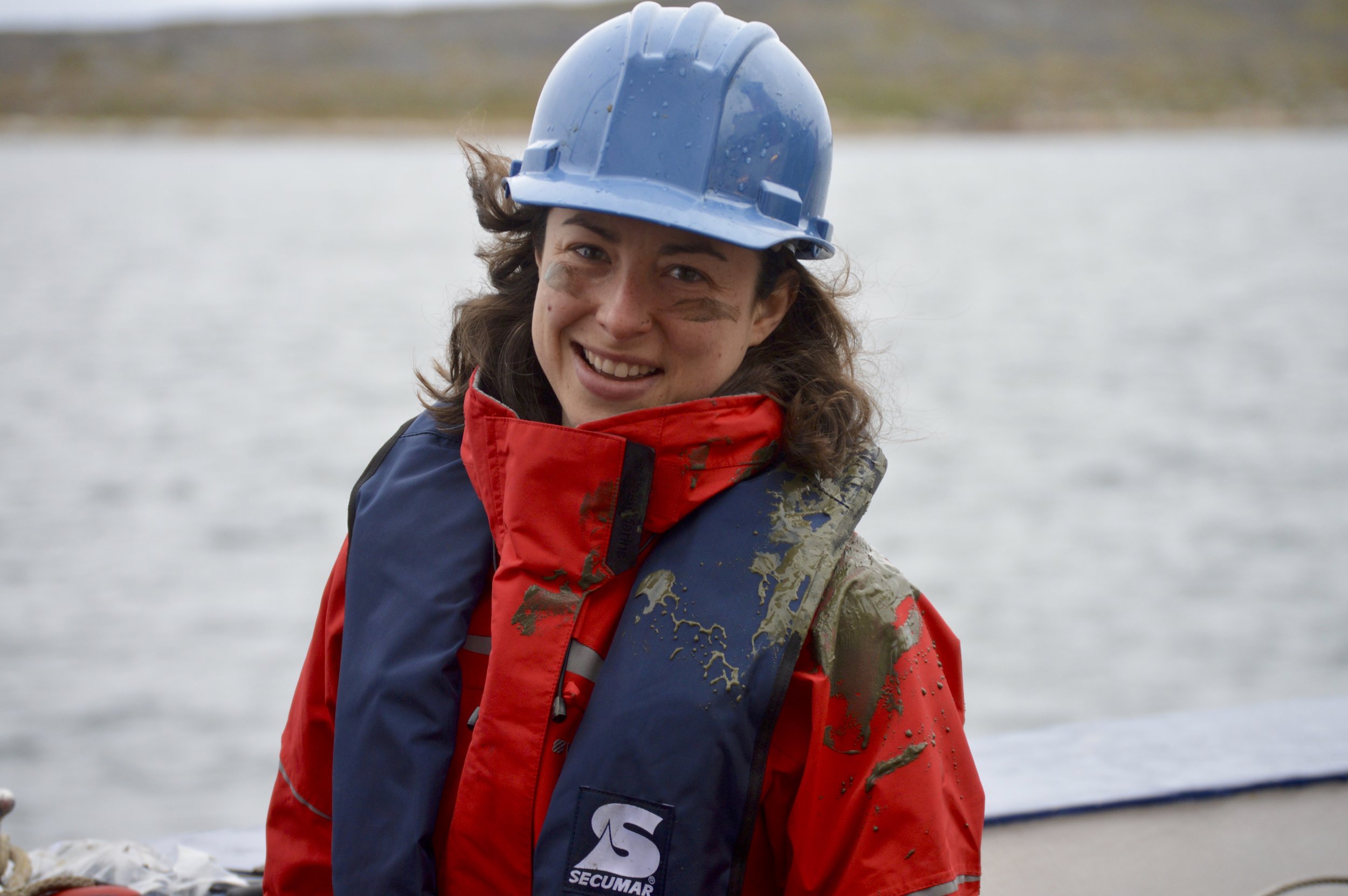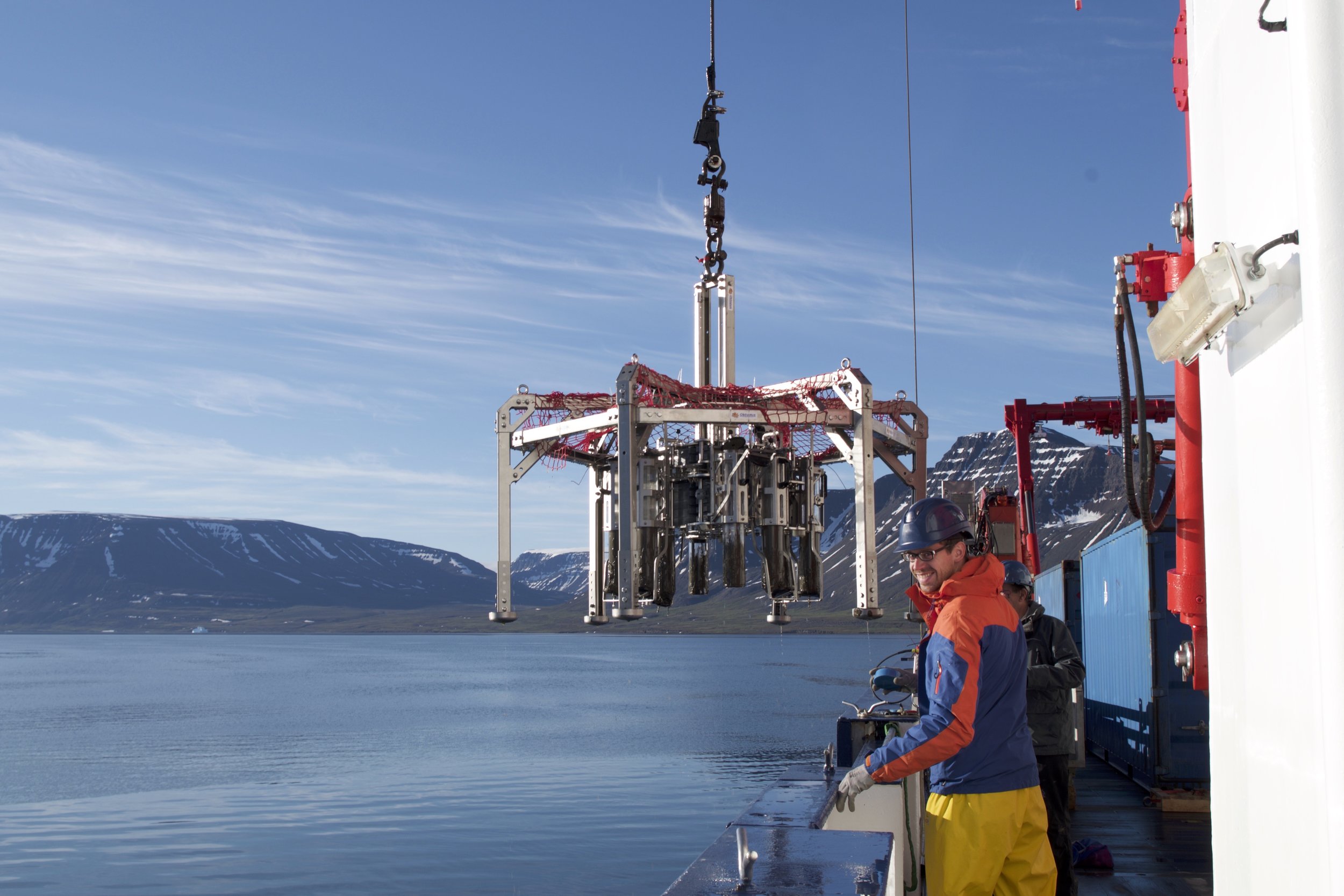
Biography
I am biological oceanographer and phytoplankton ecologist. I have been fascinated with the alien-ness of ocean life ever since I was a child – at one point, I even had a pet nudibranch (a.k.a., a sea slug)! My research focuses on the strange, single-celled plants that produce much of the oxygen we breathe: phytoplankton.
I joined NOAA Fisheries in 2021 as an Associate Scientist. Before that, I researched phytoplankton bloom dynamics in Cape Cod National Seashore, Monterey Bay, and the Arctic. I have a B.A. in Biological Sciences from Wellesley College and a Ph.D. in Biological Oceanography from the Massachusetts Institute of Technology – Woods Hole Oceanographic Institution Joint Program. I am an avid surfer and mountain biker and try to get out into nature as much as possible.
RESEARCH
Tiny organisms, giant impact
Phytoplankton are a diverse group of photosynthetic, microscopic organisms that form the base of marine food webs and regulate global climate. The growth of species is dependent on the advantages that their unique physiologies provide in each environment. These physiological traits include novel life cycles, toxin production, swimming behaviors, and nutritional strategies. But climate change may favor certain physiologies over others with consequences for ecosystem health and function.
I use laboratory experiments, field investigations, analytical models, and ocean robots to understand how phytoplankton respond to environmental change. My mission is to predict cascading changes at the base of the food web due to environmental change and to help inform policy actions. To address this theme, my research focuses on two main topics:
Climate control of benthic input to planktonic phytoplankton communities
Effect of multiple stressors on phytoplankton dynamics in the California Current System (CCS)
CV
Publications
Media
Why Do Waves Glow During Red Tide, Exactly?
(2020) SURFER Magazine
A resurgence of dinoflagellates may be in the cards for some bays along the U.S. West Coast
(2020) San Francisco Estuary Magazine
A marriage of robotics and artificial intelligence promises to automate the detection of HABs
(2019) San Francisco Estuary Magazine
Under Santa Cruz Wharf, a robot watches for algal blooms
(2018) Santa Cruz Sentinel
(2018) UC Santa Cruz ScienceNotes.
"Ready, Set, Bloom! Red Tides at Cape Cod National Seashore" (2016) is one of the 12-part webisode series Outside Science (inside parks) which focuses on science in the National Parks. In collaboration with Colorado State University, the National Park Service releases a new episode each month in 2016 that highlights the many ways young people are getting involved.
Filmed and edited by Weston Dockter.
Contact
NOAA’s Northwest Fisheries Science Center
University Corporation of Atmospheric Research (UCAR)
alexis.fischer at noaa.gov


